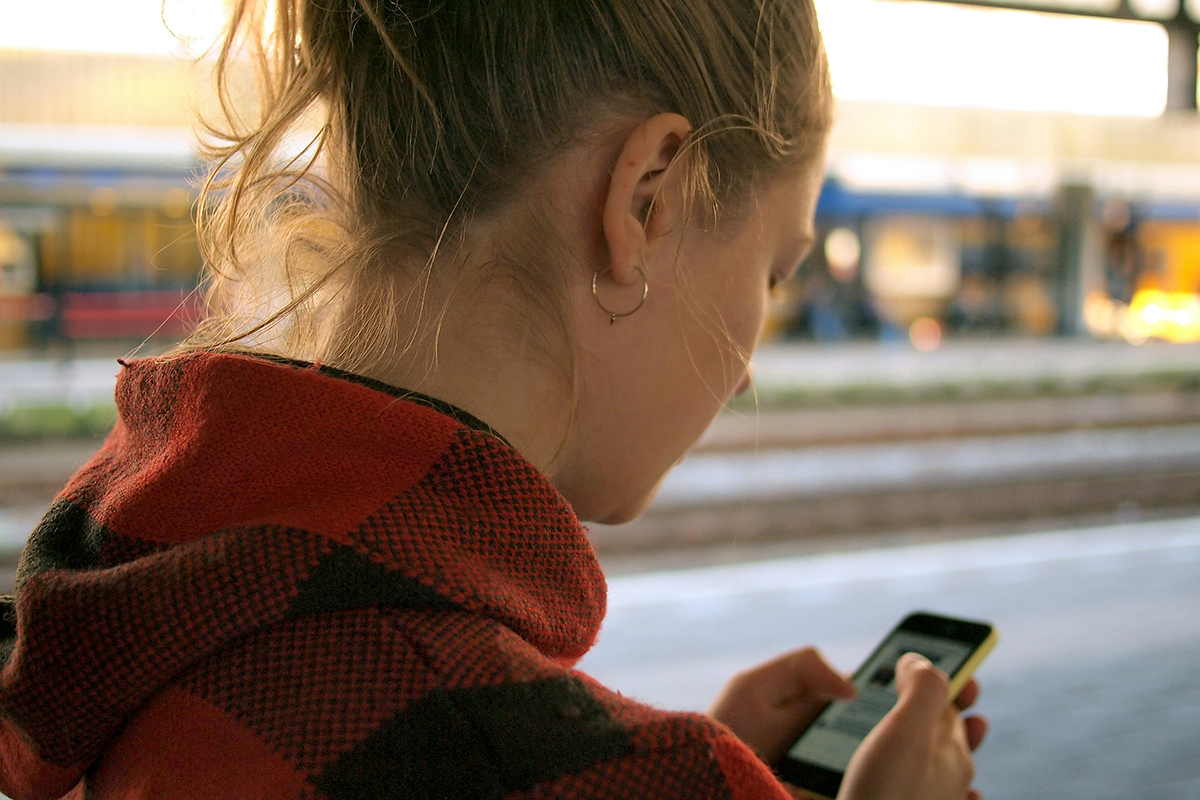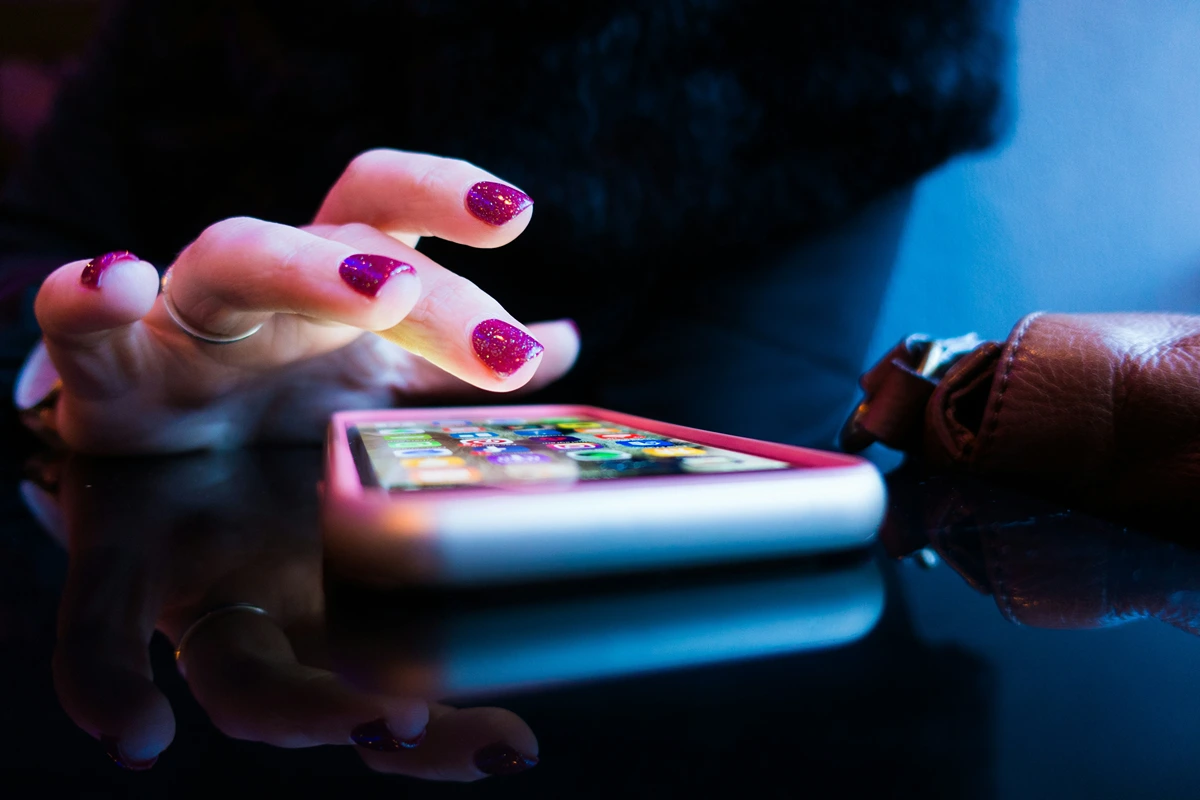DND is Your Digital Rescue Button
If you’re a high-achiever stuck in the “I’m Overwhelmed” quadrant. With high motivation, low confidence; turning on Do Not Disturb (DND) can feel like taking back the power. Instead of punishing yourself for bad habits, think of calm phone mode as your digital rescue kit. It offers immediate relief from notification stress, helping you reclaim peace and presence with minimal effort.
Why Notifications Trigger Tech Overwhelm
Notifications are engineered to demand attention. That constant barrage drives technostress and a sense of temporal overload; the feeling that you’ll never catch up. The costs include:
- Cognitive overload: Too much information, too little time to process.
- Attention deficits: Regular interruptions worsen inattention and fragment focus.
- Digital discomfort: A persistent sense that your “brain feels like 50 tabs are open.”
3. The Science of Calm
DND works as an undesign affordance—a design choice that blocks interruptions by default. By removing stress triggers, you lower arousal and open the door for calm. Pairing DND with mindfulness practices or deep breathing amplifies the effect, making it a low-effort way to reset your nervous system.
4. Strategy for the Overwhelmed: Micro-Experiments
Quick wins build confidence. Try:
- Start small: “I’ll turn on DND for the last 15 minutes of work.”
- Anchor in your why: This isn’t restriction, it’s reclaiming focus and presence.
- Celebrate success: Even one DND session is proof you can change.
5. Three “If-Then” Rescue Chips
Use implementation intentions to make DND automatic:
- If I sit down for dinner → Then turn on DND for 45 minutes.
- If I check email after 7 p.m. → Then DND until morning.
- If I feel overwhelmed mid-task → Then 20 minutes monotasking with DND.
Key Takeaways
- DND = Anxiety First Aid. It’s your rescue menu, not a punishment.
- Micro-experiments work. Small wins build self-control confidence.
- Automate calm. Use “If-Then” statements to make focus your default.
References
- Kushlev, K., Proulx, J., & Dunn, E. W. (2016). Smartphone notifications increase inattention and hyperactivity symptoms. CHI Proceedings, 1374–1381.
- Maier, C., Laumer, S., Thatcher, J. B., & Weitzel, T. (2022). Trial-period technostress: A conceptual definition and mixed-methods investigation. Information Systems Research, 33(2), 489–514.
- Mirbabaie, M., Stieglitz, S., & Marx, J. (2022). Digital detox. Business & Information Systems Engineering, 64(2), 239–246.
- Syvertsen, T. (2023). Framing digital disconnection: Problem definitions, values, and actions among digital detox organisers. Convergence, 29(3), 658–674.
- Doskaliuk, B. (2023). Digital detox: A holistic approach to mental and physical well-being. Anti Aging East Europe, 2(4), 193–196.
*Disclaimer: Offline Now offers educational coaching tips, not medical or therapeutic advice; please consult a qualified health professional for personal, clinical or health concerns.*




